Here is a modest proposal: practice what you preach.
Take multiculturalism. Some of the biggest fans of ethnic and cultural diversity tend to live in some of the least ethnically and culturally diverse enclaves of our major cities. While these multiculturalists bask in the warm glow of self-satisfaction at the high levels of openness, tolerance and enlightenment they exhibit, the massive social experiment they sponsor and cheer on largely unfolds somewhere else.
Immigration brings benefits for and imposes costs on the host society. Discussing “immigration” as an abstract concept — and arguing whether it is overall beneficial or not for the country as a whole — papers over any differences and variations. In reality, there are many different kinds of immigration and immigrants, and there are many different aspects to the immigration experience. They are not equal. Some are better than others, some are costlier than others. Even where immigration produces a net benefit for the society (as it does in many cases), it does not mean that everyone benefits or that the costs are evenly spread. There can be winners and there can be losers, both in the short and the long term.
Needless to say, the fans of multiculturalism generally espouse a rosy and romantic vision; what the former Polish Foreign Minister Radek Sikorski has once called “multiculturalism as reading Salman Rushdie in a Thai restaurant.” No doubt this is how some experience diversity in action; many, if not most, have different exposures. While multiculturalism does indeed bring other cuisines, exciting ethnic festivals, different art and music, colourful new traditions – and, less visibly, new skills, investment, entrepreneurship, workforce and tax base, and useful connections with other parts of the world – it can also bring social and economic dislocation, ethnic ghettos, extremism, crime and terrorism, welfare dependency, foreign conflicts and incompatible values.
It’s easy to rejoice in diversity when you’re reading Salman Rushdie in a Thai restaurant and have no exposure to diversity’s costs and negative aspects (just as it’s easy to criticise multiculturalism when you don’t experience its benefits). But there is a way to spread the experience more evenly across our society.
Let us say no to migrant enclaves, where the newer arrivals are largely kept out of sight and out of mind, geographically segregated and distant from both the “better” and the “cooler” parts of our cities as well as from greater economic and educational opportunities.
Through even and equal distribution of social housing, and through other mechanisms, like rent support, let us ensure that inner cities and the leafy suburbs host their fair share of refugees and other new migrants. If multiculturalism enriches, let us not allow that enrichment to be disproportionately concentrated in certain suburbs or city districts.
Conversely, new Australians can benefit more if exposed to the richer social and economic infrastructure of the “more exclusive” suburbs; isn’t it just a tad selfish for the residents of Point Piper, Toorak or Chapel Hill and other to deny these opportunities to the people who need them most?
Multiculturalism – don’t just preach it; live it. Diversity, be in it. Or be a hypocrite.
Arthur Chrenkoff blogs at The Daily Chrenk where this piece also appears.
Got something to add? Join the discussion and comment below.
Got something to add? Join the discussion and comment below.
Get 10 issues for just $10
Subscribe to The Spectator Australia today for the next 10 magazine issues, plus full online access, for just $10.

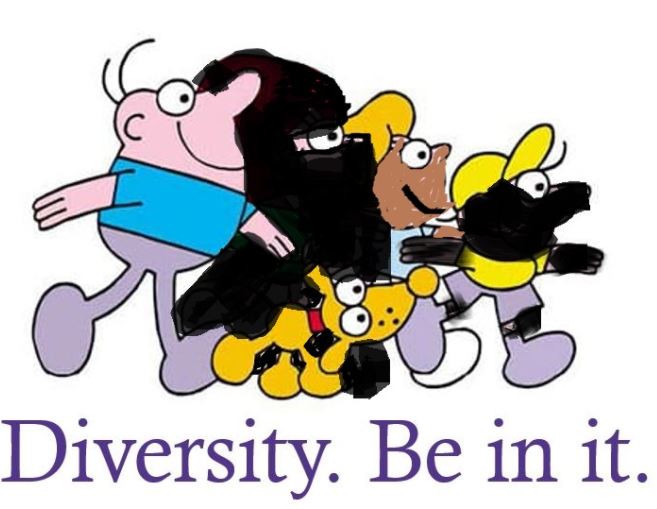
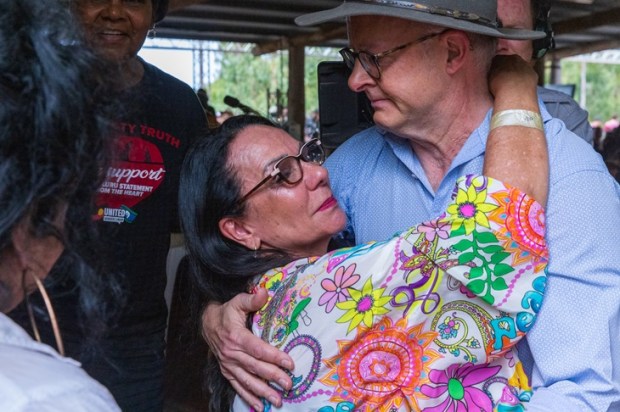

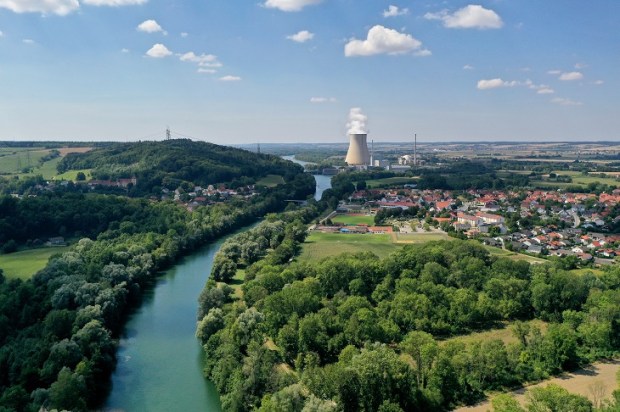

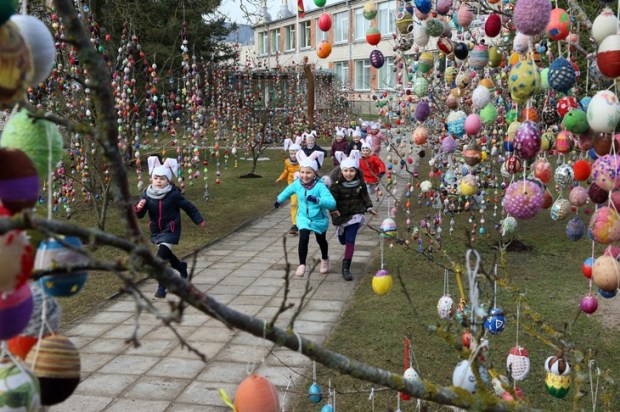
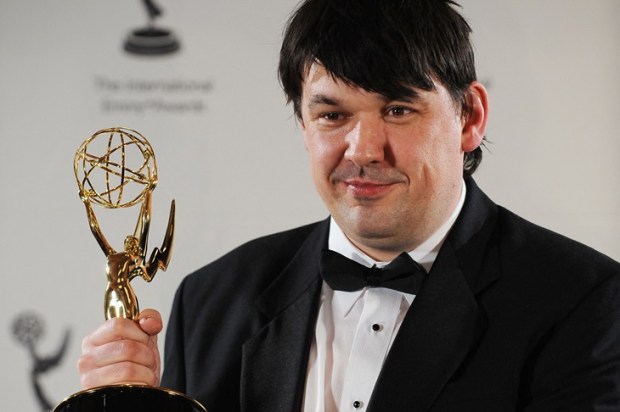


















Comments
Don't miss out
Join the conversation with other Spectator Australia readers. Subscribe to leave a comment.
SUBSCRIBEAlready a subscriber? Log in